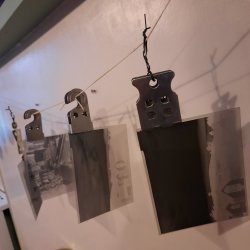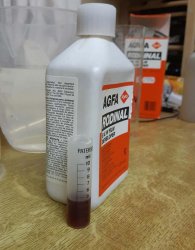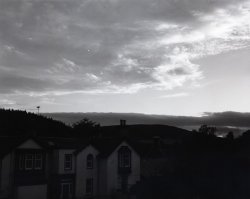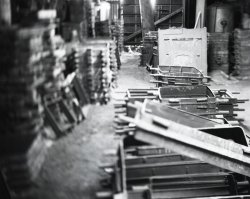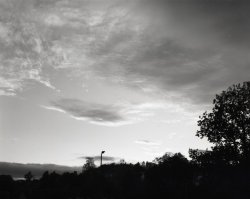I'm slowly building up to the point at which I'll get my first sheets developed so I've been going through all the processing stuff I have, cleaning the Jobo and looking at chemicals.
Of the chemicals in the photo what is possibly useable and what needs to be discarded?
There's some powder Ilford Microphen (parts A & B unopened), Ilford Perceptol (parts A&B unopened), Agfa Rodinal (not sealed), Ilford Washaid (sealed), Ilford Ilfostop (not sealed, Fotospeed SB50 stop bath (not sealed) and some Fotospeed WA50 wash aid (not sealed).
All these chemicals came with the Jobo when I bought it about 10 to 13 years ago so a fair age.
If any of it is usable that'd be great, but I don't want to waste my time with chemicals that aren't worth working with, I'd imagine that'd steepen the learning curve!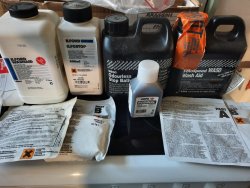
Of the chemicals in the photo what is possibly useable and what needs to be discarded?
There's some powder Ilford Microphen (parts A & B unopened), Ilford Perceptol (parts A&B unopened), Agfa Rodinal (not sealed), Ilford Washaid (sealed), Ilford Ilfostop (not sealed, Fotospeed SB50 stop bath (not sealed) and some Fotospeed WA50 wash aid (not sealed).
All these chemicals came with the Jobo when I bought it about 10 to 13 years ago so a fair age.
If any of it is usable that'd be great, but I don't want to waste my time with chemicals that aren't worth working with, I'd imagine that'd steepen the learning curve!



